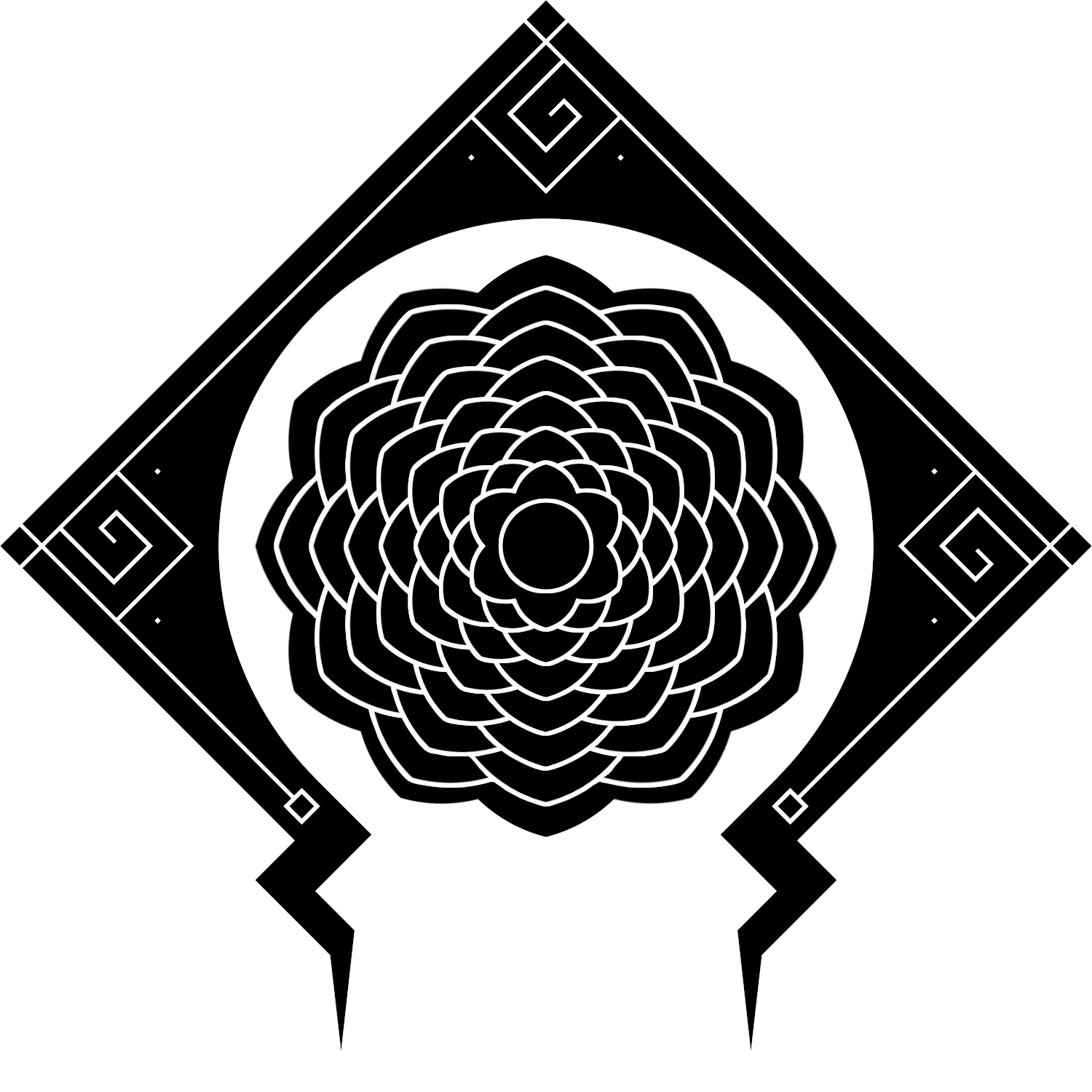Inazuma Clan
Issue
This page is a first draft, part of a project being actively worked on, and is guaranteed to change in the future.
| Type | Noble Clan |
| Years active | 1141-1504 1966-present |
| Historical location | Shizumori, Hayagawa, Shinzen |
| Current location | Shiga, Onsai, Shinzen |
The Inazuma Clan (電) was a small family of fox spirits that lived in relative seclusion, known primarily for their affinity with lightning - known now to have been a method of utilizing Attunement passed down through the family as tradition - who were given their noble status and lordship over their land by the Imperial Court. Their ancestral lands are historically known as Shizumori, found in northern Hayagawa. The family resisted the Kagetsu shogunate and was almost completely wiped out prior to the Siege of Soukotan at the end of the Ikute period.
They maintained isolationist behavior for their entire reign and were entirely self supported. Being secluded deep within a forest, extremely few outsiders ever visited their lands, and most that did got there on accident while traveling, but outsiders were almost always treated with uncanny hospitality, leading to the clan eventually building a rather mystical reputation that slowly spread throughout northern Shinzen.
Another result of their seclusion is that unfortunately, not much is known about the Inazuma, due to the fact that a huge amount of the knowledge about their existence comes from likely exaggerated stories and rumors, and the biased and defunct Kagetsu shogunate. The words of Nori and Shun - the only surviving members of the Inazuma - are hotly debated.
In 1966, Nori and Shun returned to Shinzen and their noble status was officially recognized as a symbolic gesture. They now reside in rural Shiga in the state of Onsai.
History¶
Origins¶
According to legend, the Emperor was returning to the capital after a tour of his lands and found himself lost in unfamiliar woods, separated from his entourage. Remaining calm, he chose to sit down in that spot and wait to be found. After a full day and night, he was awakened by the sound of falling bodies and saw a fox spirit cutting down an assailant before him.
This fox spirit offered her hand to him and led him to her home, gave him food and drink, then led him back to what remained of his entourage. He then asked her to demonstrate her sword skills once more on the bamboo surrounding them, and was astonished by not only her lightning fast speed, but also that her sword was truly emanating lightning as it sliced through the air. He then gave her the family name Inazuma, declared that she and her family shall be recognized as nobility, and granted her official ownership of the land surrounding her home.
According to Nori and Shun, the Inazuma family line did begin with that fox woman alone, though she never married, instead bearing children on accident. She bore triplet daughters, one of whom killed her before fleeing to Shaohou and abandoning her name. The remaining two daughters, possibly out of spite for their sister, took husbands and began the true Inazuma legacy. They otherwise neither confirm nor deny the validity of the legend.
Kagetsu resistance¶
Historically, the Kagetsu clan toured the lands and confronted every daimyō, giving each the ultimatum of subjugation or death, before ultimately overthrowing the shogun in the Siege of Soukotan and unifying Shinzen as one nation. A huge majority of the daimyō chose to resist and were wiped out, including the Inazuma.
The Kagetsu described their opposition as stubborn fools clinging to their old ways, against the progress of the nation, and were particularly vitriolic in their description of the Inazuma, describing them as lapdogs clinging to the corpse of their master.
Kagetsu accounts claim that a messenger was sent to the Inazuma to inform them peacefully of the coming ultimatum, and was killed by the Inazuma. The ensuing battle was a decisive victory for the Kagetsu, leaving no survivors and taking no losses. They then razed the village, leaving it in ruin.
Nori and Shun, who were both present for these events, tell a different story. According to them, the messenger was not killed, but instead treated with the same hospitality as any other outsider, and chose independently to desert the Kagetsu and stand with the Inazuma because of it.
They also claim that the Kagetsu were not the heroes history portrays them as, and that their true motivation was akin to an ethnic cleansing, the Inazuma in particular being targeted for being fox spirits, who they believed to be subhuman. The messenger chose to desert due to a guilty conscience after seeing the error of those beliefs.
The ensuing battle was relentless and far from decisive, with the Kagetsu taking heavy losses, including two important retainers. The Inazuma knew from the start that they could not win, but swore to take as many Kagetsu with them as possible, going so far as to set fire to their own village and the surrounding forest. Nori and Shun were told to use the fires to their advantage and escape with their lives, and to remember these events.
What they say is not just plausible, but likely true, given that several notable individuals associated with the Kagetsu seemingly disappeared just before the Siege of Soukotan, never to be mentioned again. The Kagetsu were likely humiliated and shamed by their losses to the Inazuma and chose to cover it up so as not to tarnish their reputation.
This side of the story remains a subject of heated debate among historians and Shinzenese patriots and nationalists.
Notable stories¶
Allegedly, the same emperor who bestowed upon the Inazuma family their status visited their lands again shortly before his death, and was impressed by the family’s progress in establishing their village. When he met the two daughters and learned about the death of their mother, he cried in public, and offered a blessing to the family.
During the extremely brief restoration of imperial rule before the transition to the Ikute period, the emperor of the time was allegedly hosted by the Inazuma for a night and was pleased by their hospitality. No record exists of this, but it is believed due to several other families in different regions that have repeated the same story.
There is a folk tale common in the state of Hayagawa of a traveling monk who fell unconscious under a tree and met a fox spirit there, who gave him rice and water. No words were exchanged between them, and when the monk was able to stand once more, the fox disappeared with a bright flash in the blink of an eye. Some believe this to have been a member of the Inazuma family.
The Inazuma were remarkable sword crafters, as shown by the small handful of surviving examples. They were forged with a technique entirely unique to the Inazuma that has never been perfectly replicated, and were decorated much more ornately than any other swords throughout the history of Shinzen, most notably with vividly colored blades. One daishō was allegedly given as a gift to the shogun at the start of the Ikute period, but was later lost under unknown circumstances. Historians believe this daishō is one of the two examples in the national heritage museum, but are not sure which one.
There are numerous reports of yōkai sightings in several northern forest trails around the border between the states of Hayagawa and Miwae. According to several historical accounts, the Inazuma were most commonly sighted around that area and were viewed as guardians of the forest. This leads some to believe that these yōkai are the ghosts of the Inazuma, still guarding their homeland against outsiders.1
-
This is true, though the people don’t know the full truth. See Paranormality (Meta) ↩


